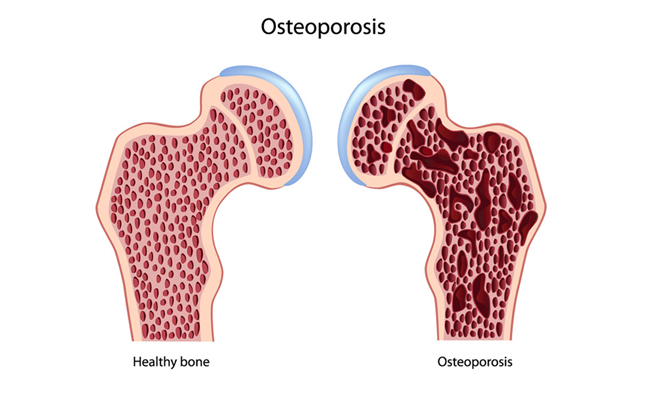Researchers from the Baylor College of Medicine, Oregon Health & Science University in Portland and the Kennedy Krieger Institute in Baltimore have found a new approach for treating osteogenesis imperfecta (OI) or brittle bone disease for which only a few treatment options are available. Being the largest controlled trial ever performed in adults having this disorder, it tested drugs including teriparatide (a kind of parathyroid hormone approved for treating women having osteoporosis), and bone anabolic therapy for the first time. The incidence of fracture did not differ between the study groups due to the limited size. Since there is great variation of fracture patterns and frequencies from patient to patient, a much larger group of patients will be required to test the effects on fracture frequency.

For the study, 79 adults suffering from OI were selected randomly and divided into two groups – those that received teriparatide and those that received placebo or an inactive medicine. The study lasted for 18 months and it was found that the bone mineral density increased in the spine and hip of patients who received teriparatide. It was also revealed in the study that patients having Type 1 osteogenesis imperfecta seemed to benefit more from the treatment compared to those having severe forms such as Type 3 and 4. This raised questions on how different genetic mutations in the same gene respond differently to medications. In the opinion of researchers, larger studies using teriparatide are required to determine whether this drug can reduce the risk of fracture.
Studies such as this require copious documentation and transcription of orthopedic reports. Each fact that emerges from the research will have to be clearly recorded for detailed awareness regarding the disease and its treatment options.
The above mentioned research also found that anabolic bone therapy seemed to be more beneficial in patients with mild forms of OI. As per the authors of the study, Bisphosphonates used in children having OI disorder resulted in higher bone density, reduced bone turnover and in certain studies lower fracture rate. But, fewer studies of those drugs were conducted in adults with this disorder and those studies revealed an increase in bone density, but no significant reduction in fracture rate.
Osteogenesis imperfecta (OI) or brittle bone disease has a higher risk of fracture and it is estimated that around 25,000 to 50,000 people in the U.S. have this disorder. This study surely opens up new treatment possibilities and will help doctors to provide quality care for their patients suffering from brittle bone disease.

